
Welcome to Bluestem Farm!
Our goal is assisting you in the restoration and maintenance of well functioning biodiverse ecosystems.
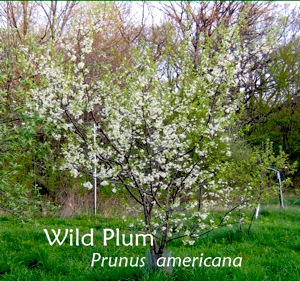
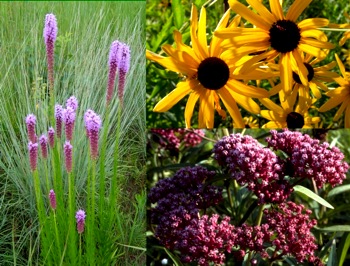
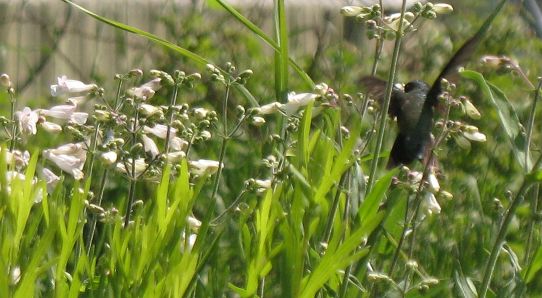
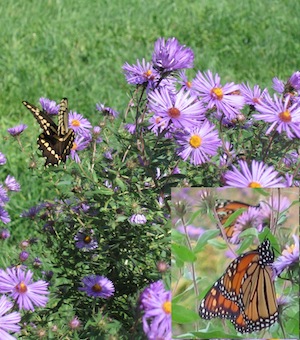
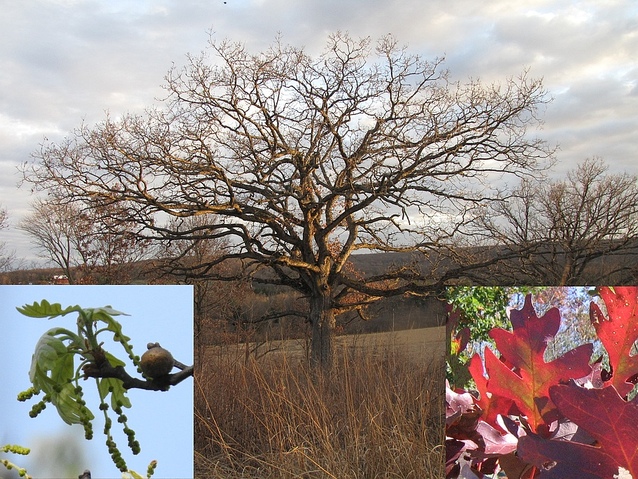
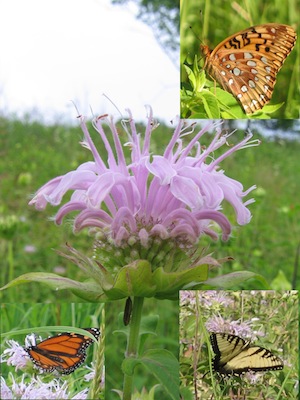
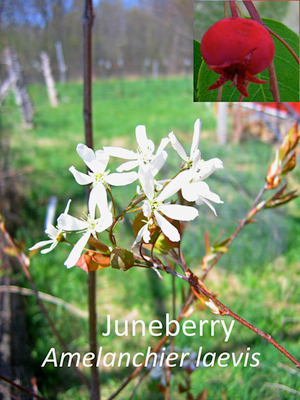
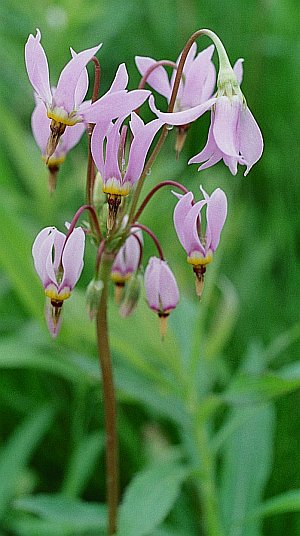
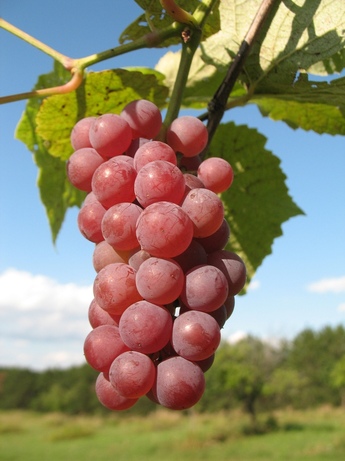
The late Elmer Swenson of Osceola had a dream of breeding grapes that were well adapted to Wisconsin's growing conditions. He bred many grapes that have been introduced to commerce, including the seedless variety Petite Jewel pictured here. He managed to combine hardiness with European grape flavor, coming up with a grape with an intensely sweet and flavorful--if small--fruit. Some years we have fruit for sale in late August when it ripens, but all too often the birds harvest most of ours.
Amorpha canescens Leadplant
Aquilegia canadensis Columbine
Asclepias incarnata Swamp Milkweed
Asclepias tuberosa Butterfly Weed
Aster linariifolius Stiff Aster
Aster sericeus Silky Aster
Baptisia, either species Wild Indigo
Campanula rotundifolia Harebell
Dodecatheon amethystinum Amethyst Shooting Star
Dodecatheon meadia Shooting Star
Echinacea pallida Pale Purple Coneflower
Eryngium yuccifolium Rattlesnake Master
Fragaria either species Wild Strawberry
Geum triflorum Prairie Smoke
Heuchera richardsonii Prairie Alum Root
Hypoxis hirsuta Yellow Star Grass
Liatris aspera Rough Blazing Star
Liatris cylindracea Dwarf Blazing Star
Liatris pycnostacha Prairie Blazing Star
Lilium philadelphicum Wood Lily
Mitella diphylla Miterwort
Oenothera perennis Sundrops
Petalostemum candidum White Prairie Clover
Petalostemum purpureum Purple Prairie Clover
Phlox pilosa Downy (Prairie) Phlox
Polemonium reptans Jacob’s Ladder
Potentilla arguta Prairie Cinquefoil
Rudbeckia subtomentosa Sweet Black-Eyed Susan
Silphium laciniatum Compass Plant
Silphium terebinthinaceum Prairie Dock
Sisyrinchium campestre Blue Eyed Grass
Solidago rigida Stiff Goldenrod
Solidago speciosa Showy Goldenrod
Thalictrum dasycarpum Purple Meadow Rue
Thalictrum dioicum Early Meadow Rue
Veronicastrum virginicum Culver’s Root
Zizia aurea Golden Alexanders
Andropogon scoparius Little Bluestem
Carex radiata Starry Sedge
Carex vulpinoidea Fox Sedge
Sporobolus heterolepis Prairie Dropseed
Acer rubrum or saccharum Native maples
Amelanchier laevis Juneberry
Carpinus caroliniana Musclewood
Carya ovata Shagbark Hickory
Ceanothus americanus New Jersey Tea
Celtis occidentalis Hackberry
Cornus alternifolia Pagoda Dogwood
Red, White and Bur
Oaks
Aggressive Plants to be aware of
Many of these are fine in landscaping, as long as their tendencies are taken into account. Others are only suited for restoration work.
Anemone canadensis Canada Anemone Clonal. Roots must be contained.
Asarum canadense Wild Ginger Clonal--spreads slowly, but inexorably.
Asclepias syriaca Common Milkweed Very clonal—but great food for Monarch caterpillars, and excellent nectar source for hummingbirds, butterflies and bees.
Aster novae-angliae New England Aster Valuable nectar plant, but aggressive self seeder.
Aster oblongifolius Savory-Leaved Aster Clonal.
Aster prenanthoides Crooked Stemmed Aster Another clonal aster, but less of an issue.
Aster
puniceus Red-Stemmed
Aster Clonal, but
unlikely to spread outside of wet areas.
Aster sagittifolius Arrow-Leaved Aster In the absence of deer this may be a vigorous self-seeder.
Coreopsis palmata Prairie Coreopsis Clonal. May or may not be a problem.
Fragaria vesca and virginiana Wild Strawberries Spread vigorously, but short-statured and seldom hard to control.
Galium boreale Northern Bedstraw Seeder, clonal, and suppresses the growth of other plants.
Helenium autumnale Helenium Self-sows readily. Seedlings should be easy to control.
Helianthus occcidentalis Western Sunflower Clonal. Other Helianthus species are far more aggressive
Heliopsis helianthoides Ox-Eye Self seeds readily, and seedlings grow fast.
Iris shrevei Wild Iris Clonal, but spreads fairly slowly.
Pedicularis canadensis Wood Betony Clonal. May suppress other plants’ growth
Polygonatum biflorum Solomon’s Seal Clonal.
Silphium integrifolium Rosin Weed Self sows vigorously. Not recommended.
Silphium perfoliatum Cupplant Self sows vigorously. Not recommended.
Smilacina racemosa False Solomon’s Seal Clonal. May be hard to contain.
Smilacina stellata Starry False Solomon’s Seal Clonal. May be hard to contain.
Solidago flexicaulis Zigzag Goldenrod Clonal. Usually stays small, but I’ve heard occasional reports of it spreading aggressively.
Solidago graminifolia Grass-Leaved Goldenrod Clonal. Hard to contain. Not recommended.
Vernonia fasciculata Ironweed Clonal. Extremely vigorous when soil is moist enough to be happy.
Andropogon gerardi Big Bluestem Self-sows vigorously. May be hard to contain.
Calamagrostis canadensis Blue Joint Grass Clonal. Not for gardens.
Hierocloë odorata Sweet Grass Clonal. Roots must be contained but might not spread to dry ground.
Sorghastrum nutans Indian Grass Self-sows vigorously. May be hard to contain.
Spartina pectinata Prairie Cord Grass Clonal. Only for restoration plantings.
Amorpha fruticosa Indigo Bush Self-seeds aggressively.
Celastrus
scandens Native
Bittersweet Sends
up many sprouts from the
roots. All bittersweets are somewhat
dicey in garden
settings.
Clematis virginiana Wild Clematis (Virgin’s Bower) Aggressive vine that roots wherever it touches the ground.
Corylus americana American Hazelnut Many root sprouts.
Prunus americana Wild Plum Clonal. Sprouts can be contained with the lawn mower.
Rubus occidentalis Black Raspberry Needs to be kept pruned.
Sambucus canadensis Elderberry Sends up root sprouts--not for small spaces.
Rock
Garden type plants
Anemone
patens Pasqueflower
Antennaria neglecta Pussytoes
Antennaria plantaginifolia Pussytoes
Asters
linariifolius or sericeus
Campanula rotundifolia Harebell
Dodecatheon
meadia Shooting Star
Dodecatheon
amethystinum Amethyst Shooting Star
Geum
triflorum Prairie Smoke
Heuchera
richardsonii Prairie Alum Root
Hypoxis
hirsuta Yellow Star Grass
Liatris
cylindracea Dwarf Blazing Star
Mitella
diphylla Miterwort
Oenothera
perennis Sundrops
Penstemon
pallidus White Penstemon
Phlox
pilosa Downy (Prairie) Phlox
Potentilla
arguta Prairie Cinquefoil
Sisyrinchium
campestre Blue-Eyed Grass
Solidago
nemoralis Old-Field Goldenrod
Solidago
speciosa Showy Goldenrod
Thalictrum dioicum Early Meadow Rue
Bouteloua
curtipendula Side Oats Grama
Koeleria cristata Junegrass
Butterfly
Plants Good sources for larval food or nectar
(nectar sources are highlighted)
Asclepias incarnata, syriaca, or tuberosa Any milkweed is
consumed by Monarch caterpillars
Antennaria Both species are consumed by the American Painted Lady caterpillars
Asters Pearl Crescent larva Aster novae-angliae (New England Aster) in particular is a superb nectar plant
Cassia hebecarpa (Wild Senna) Sleepy orange and cloudless sulfur larvae
Other
legumes such as Amorpha (leadplant and indigo bush) and Lespedeza (bush
clovers) are larval food for the showy Silver Spotted Skipper
Chelone glabra (Turtlehead) Baltimore larvae
Violets various fritillaries
Warm Season grasses Common Wood Nymph and various Skippers
Various other butterflies develop on Black cherry, Hackberry, Oaks, aspens, pines, and willows.
Hops feed young Commas (“Hop Merchants”), Red Admirals, and Question Marks
Nettles
(in addition to being good for us!) provide food for the caterpillars
of Red Admirals, Milbert's Tortoise Shells, Question Marks,
and
Commas
Bergamot,
Pycnanthemum
(Mountain Mint), Echinacea,
and all Blazing stars, Rudbeckias,
Eupatoriums,
and goldenrods are good nectar
producers
Hummingbird Flowers
Aquilegia canadensis Wild Columbine
Asclepias species—all millkweeds
Aster species
Astragalus canadensis Canada Milk-Vetch
Baptisia species—the Wild Indigos
Epilobium angustifolium Fireweed
Heuchera richardsoni Alum Root
Liatris species—the Blazing Stars
Lilium species—Michigan and Wood Lilies
Lobelia cardinalis Cardinal Flower
Monarda fistulosa Bergamot
Pedicularis canadensis Wood Betony
Penstemon species
Silene virginica Fire Pink
Silphium laciniatum Compass Plant
And quite a few more!
Also Apple, Raspberry and currant flowers
Rain Garden Plants
Rain Garden plants have to be able to tolerate both dry periods and standing water, although an established rain garden shouldn’t have rainwater standing for more than a day or so following a storm. Most of these are plants that could be found in the wild on wet meadows or floodplains.
Flowers
Allium cernuum Nodding Wild Onion
Asclepias incarnata Swamp Milkweed
Aster novae-angliae New England Aster
Aster prenanthoides Crooked Stemmed Aster
Astragalus
canadensis Canada
Milk Vetch
Baptisia leucantha White Wild Indigo
Cacalia suaveolens Sweet Indian Plantain
Cassia hebecarpa Wild Senna
Chelone glabra Turtlehead
Dodecatheon meadia Shooting Star
Epilobium angustifolium Fireweed
Eupatorium maculatum Wetland Joe-Pye
Fragaria virginiana Wild Strawberry
Geranium maculatum Wild Geranium
Helenium
autumnale Helenium
Heliopsis helianthoides Ox-Eye
Heuchera richardsonii Prairie Alum Root
Hypericum pyramidatum Great St. John’s-wort
Iris shrevei Wild Iris
Krigia biflora Cynthia (False Dandelion)
Liatris pycnostachya Prairie Blazing Star
Lilium philadelphicum Wood Lily
Liparis loeselii Loesel's Twayblade
Lobelia cardinalis Cardinal Flower
Lobelia siphilitica Great Blue Lobelia
Mimulus ringens Monkey Flower
Monarda fistulosa Bergamot
Oenothera perennis Sundrops
Phlox pilosa Downy (Prairie) Phlox
Polemonium reptans Jacob’s Ladder
Pycnanthemum virginianum Mountain Mint
Ratibida pinnata Yellow Coneflower
Rudbeckia laciniata Wild Golden Glow
Rudbeckia subtomentosa Sweet Black-Eyed Susan
Silphium terebinthinaceum Prairie Dock
Solidago rigida Stiff Goldenrod
Solidago speciosa Showy Goldenrod
Spiranthes cernua Nodding Ladies’ Tresses
Thalictrum dasycarpum Purple Meadow Rue
Tradescantia ohiensis Spiderwort
Vernonia fasciculata Ironweed
Veronicastrum virginicum Culver’s Root
Zizia aurea Golden Alexanders
Grasses
and Grass-like Plants for the Rain Garden
Andropogon gerardi Big Bluestem
Carex vulpinoidea Fox Sedge
Elymus canadensis Canada Wild Rye
Elymus riparius Riverbank Wild-Rye
Hierocloë odorata Sweet Grass
Sorghastrum nutans Indian Grass
Sporobolus heterolepis Prairie Dropseed
Woody Plants for a Rain Garden
Amelanchier laevis Juneberry
Amorpha fruticosa Indigo Bush
Carpinus caroliniana Musclewood
Ribes americanum American Black Currant
Sambucus canadensis Black Elderberry
GROUND COVER PLANTS Because sometimes you want a solid stand of something low-growing
Anemone canadensis Canada Anemone
Antennaria neglecta Pussytoes
Asarum canadense Wild Ginger
Fragaria vesca Woodland Wild Strawberry
Fragaria virginiana Wild Strawberry
Geum triflorum Prairie Smoke
Helianthus occidentalis Western Sunflower
Heuchera richardsonii Alum Root
Lysimachia lanceolata Savanna Loosestrife
Maianthemum
canadense Canada Mayflower
Pedicularis canadensis Wood Betony
Carex pensylvanica Pennsylvania sedge
Questions or comments? Please write to bluestem_farm(at)juno.com
Facebook: BluestemFarmBaraboo
S5920 Lehman Road -- Baraboo, WI 53913